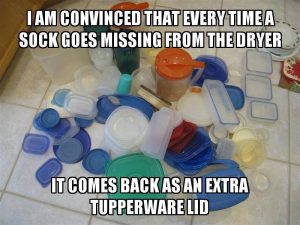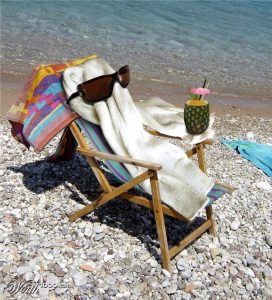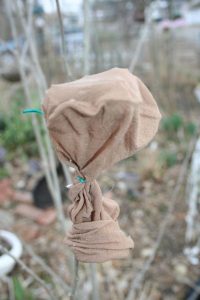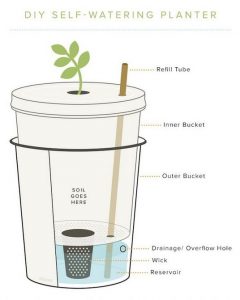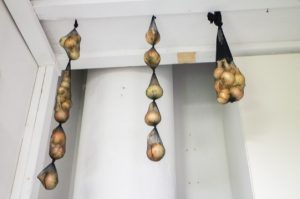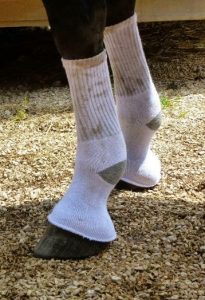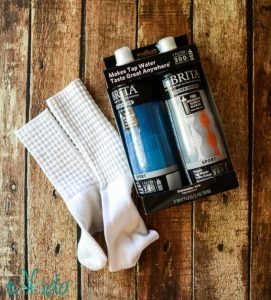Written by Guest Contributor on The Prepper Journal.
Editors Note: A guest contribution from Texan to The Prepper Journal. I have had this one for awhile as the subject matter required some extra-special handling. As you will read it may be easy for some of the statements made herein to be labeled as sexist, or worse, and that clearly is not the authors intent. The material, heavily edited by me, is intended to raise awareness of an issue that one needs to prepare for as it is a fact of life. To the authors credit he included a number of steps to deal with complications, like excessive bleeding, and while I don’t doubt his proposed method, I also am not qualified to offer medical advice so I edited them out. All true preppers will seek the information needed through their own network of medical professionals and certified instructors, which is what both the author and I encourage.
As always, if you have information for Preppers that you would like to share and possibly receive a $25 cash award as well as be entered into the Prepper Writing Contest with a chance to win one of three Amazon Gift Cards with the top prize being a $300 card to purchase your own prepping supplies, enter today.
This is one of the least talked about subjects in open forums across the “prepper-verse.” I see YouTube videos of people’s preps, I do not see a lot of building up supplies for this. Yes, this is a natural thing that all animals do, but for humans a lot of the “natural” has been replaced with an abundance of medicines and medical devices in the sterile environment of a doctors office, birthing center or hospital.

At some level of abstraction we talk about “prepping” as generally the “Three B’s” – Beans, Bullets, and Band-Aids. (Editor Note: I actually think there is an “S” as well for “shelter” but could not find a “polite” way to add that to the title ;-)
We all know how important each is in everyday life, as well as in prepping for unexpected, or expected, events. What we don’t talk about much in open forums is “The Fourth B” – Babies, and birth control, in a post-normal world. Babies are part of life and therefore we cannot ignore babies in our preps. Because at some point in time either someone in your group will get pregnant or you will be joined by someone from the outside who is pregnant. Additionally, we all know that when humans are ruled by their hormones, their desires, their need for closeness and acceptance and that, when bored they look for ways to entertain themselves, and one of those ways is through activities that may result in the reproduction of the species. As such, we have to deal with the reality that people will be doing the act of reproducing after the SHTF and it is prudent plan for contraception, and birth.
For the woman who are on birth control it is safe to assume that one would run out in about 1-3 months time, which is the normal prescribed amount for birth control, unless they have an IUD or other implanted devices. Stocking up on chemical birth control is only ideal for the short term and it becomes less effective as time passes. After that one would have to resort to condoms or other methods of birth control, if one so wishes to remain childless. This is obviously a personal choice, one that should be understood and planned for before it becomes an emergency.
Something you can do right now is rethink how you store your on-hand birth control supplies. For chemical birth control I recommend keeping them in a dry area of the house, not under the sink in the bathroom like so many of us keep our OTC and prescription drugs. Keeping them under the sink or in a medicine cabinet degrades the shelf life and potency of the drug when it comes time to finally use it. Try this instead.
For stocking up on condoms, I recommend 10-15 boxes, and not lubricated because these can be used as for other purposes as well. (Editor Note: I recommend not viewing the YouTube videos on how much water they can contain, unless you too are in junior high school.)
So you’re pregnant!
Congratulations could be in order! That again is a personal matter and weighing the choices of self, and others impacted by this result. Now comes the first challenge – trying to “reproduce” all of the conditions that all of the current literature says you should follow, when you are living the normal life. Advice that matters like “You need to eat, a lot! Don’t miss seconds, if there are seconds.” Easily said, difficult in a hunter/gather society. A lot of preppers I know or have seen are only planning for a 2,000 calorie a day diet, some even less, this is enough to sustain us now, but since we are much more sedentary than our ancestors 2,000 cal are enough for today’s lifestyle.

Most pregnancy books, doctors, and websites say a pregnant woman should increase there intake by 300-350 cal a day, in the first and second trimester and by 500 cal in the third trimester. Just how do you achieve a diet of at least a 3,000 cal diet after the SHTF? This in an environment without home delivery of meals, drive-thru’s and where, for everyone, just for daily survival, they are seeking more calories in their diet to remain capable of the more strenuous activities, such as farming and hunting, and other normal tasks which are now chores as a result of the situational change. The point here is not some Hallmark movie plot where everyone sacrifices to support the coming baby, though, that is what would most likely happen. And that has an impact on the group that needs to be understood and talked through.
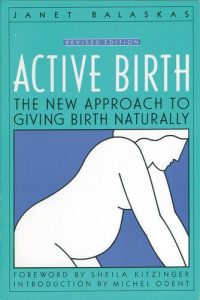
I would recommend every couple of birthing age buy a book on birthing and at the very least attend a birthing class. In a perfect situation your will have a midwife, doctor, or OBYGN nurse as a part of your group perhaps, but that is a conjecture few can depend upon. Of course this will also help when the going gets rough from illness and wounds. If you are planning as a “group” this is a positive add. Additionally, some pieces of medical equipment in your stash, such as a good stethoscope would be a plus as would a manual blood pressure device.
After the second trimester most women should not be out in the fields helping with hard manual labor. At this point they should be doing light work, keeping their bodies regulated should be the main focus of pregnant woman after the SHTF. Woman will not be willing to just lay around all day while others are out supporting the group. They will be wanting to help all of the time, as they should, but it is in their best interest to reduce their physical labor. As everyone knows arguing this point can be futile, so therefore I suggest you just request that she finds and sets her own limits.

Giving Birth
This will be the hardest part. We will not have the luxury of an epidural, nor the luxury of morphine or other advanced pain killers, the best most preppers will have on hand is some ibuprofen, which won’t even touch the pain a pregnant woman is experiencing.
The baby and the mother should be monitored as much as possible, mother’s blood pressure should be checked every 30 minutes. We will not have the help of fancy machines that take vitals when we need them to, so everything will have to be done manually, take an EMT class to learn the basic vital signs and how to calculate them. Vitals can tell you if something is wrong and what the fix could be, if you have some training.
We live in a world where the medical help is just a phone call away, so if something were to go bad you would be at a hospital in a matter of minutes. After the SHTF medical help and a team of doctors will not be a phone call away. They could be a day’s walk or longer. Most Americas have not experienced a still birth. The reality is that most woman in the 1800’s, and up into the mid 1950’s, had at least one still birth and/or faced a real chance of death while giving birth during their lifetime. This is the scary reality that awaits us on the other side, after TSHTF. This is not meant to scare you, just give you an idea of what to expect.
One of the many realities of giving birth is complications, lots of them. In the third world the number one killer of woman after giving birth is blood loss. Many rural places do not know how to handle it, then again most rural farmers do. There are ways to be prepared for this with things most preppers normally have and I would recommend you investigate this through a trusted medical professional. (Please consult a doctor before attempting any medical procedure! Training can not be over stressed.)
Hurray a baby!
This now presents the second hurtle after a successful birth. Has the mother had a sufficient diet to be able to feed the baby naturally? If not then one need to be prepared to supplement the mother with a stored source of milk or other options.
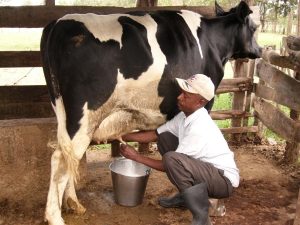
Most baby formula stores for three years unopened, which is very critical for women already pregnant or those becoming pregnant in the first two years. After that, people will have to look to other resources such as farm animals (cows and goats, etc.). And because, nothing is perfect, not all women can produce enough milk to support their baby, even on a regular diet. Learning how to use cloth diapers is the next hurtle as the disposables will disappear quickly, and are seriously “single use” – seriously! Unless you have a tractor-trailer filled with tons of disposable diapers in you bunker. And if you do, well, you better know how to dispose of them properly to keep the other members of you group from disposing of you.
Personally I store and buy about 36 large containers of generic baby formula, I look at a cost pre ounce and buy that way, and the year prior to the expiration date I give the baby formula to the local food bank. This gives me the ability to always have formula on hand for people who need it, and gives me a good quantity should I need it. I store all of this to give out as presents when my friends are having babies or if I need it in the future. I also store about 100 packages of Walmart brand wet wipes and about 20 large tubes of A&D ointment. Because from personal experience, I have a 10 month old son, A&D ointment is absolutely critical to baby’s sore butt (I buy the generic brand), and you can never have enough wet wipes. I do dedicate quite a bit of space to baby stuff, but I think it will be worth it in the long run, especially if I can save the life of one baby post SHTF.
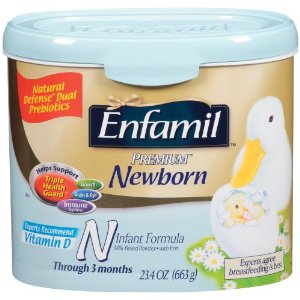
I hope that moms intend to breastfeed their new baby, because there are so many good things in breastmilk. Antibodies, the baby digests breastmilk better than formula, its cheaper than formula, it will store longer. I personally have bought 4 manual breast pumps so my wife can use them and again as gifts or for charity. The best item we have ever bought was 10 pairs of Lacticups which are amazing, they collect milk leaking out of the nipple. Then you can put that milk into storage containers or straight into a bottle to give the little one. This saves so much milk it is absolutely amazing!
Giving birth after the SHTF scares me personally, because I have seen the pain it caused my wife and she had an epidural. I know most woman in today’s age and society are not ready for that kind of pain. (Editors Note: yet I have observed cancer patients with a strength beyond description.) With that said I know babies are going to happen, which is why I am writing this so we the people will store and stock up on those baby items which will be desperately needed in a world without modern manufacturing or the convenience of modern baby formula and supplies.
The post The Fourth “B” appeared first on The Prepper Journal.
from The Prepper Journal
Don't forget to visit the store and pick up some gear at The COR Outfitters. How prepared are you for emergencies?
#SurvivalFirestarter #SurvivalBugOutBackpack #PrepperSurvivalPack #SHTFGear #SHTFBag



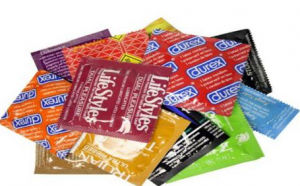

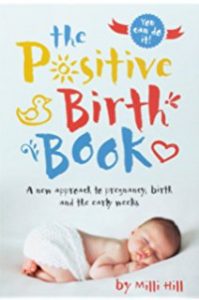





 Pulp fiction is a specialized genre of literature that was particularly popular in the early part of the 20th century, referring to short stories that were published in literary magazines of the time. My personal favorites are the
Pulp fiction is a specialized genre of literature that was particularly popular in the early part of the 20th century, referring to short stories that were published in literary magazines of the time. My personal favorites are the 







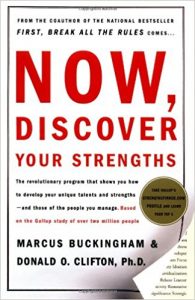
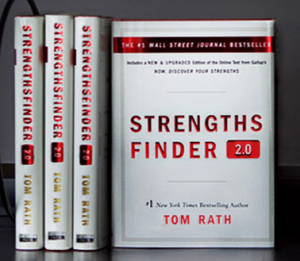
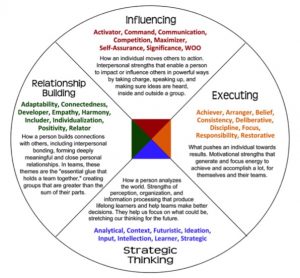
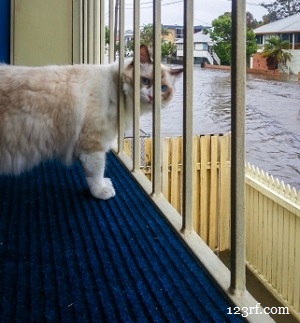

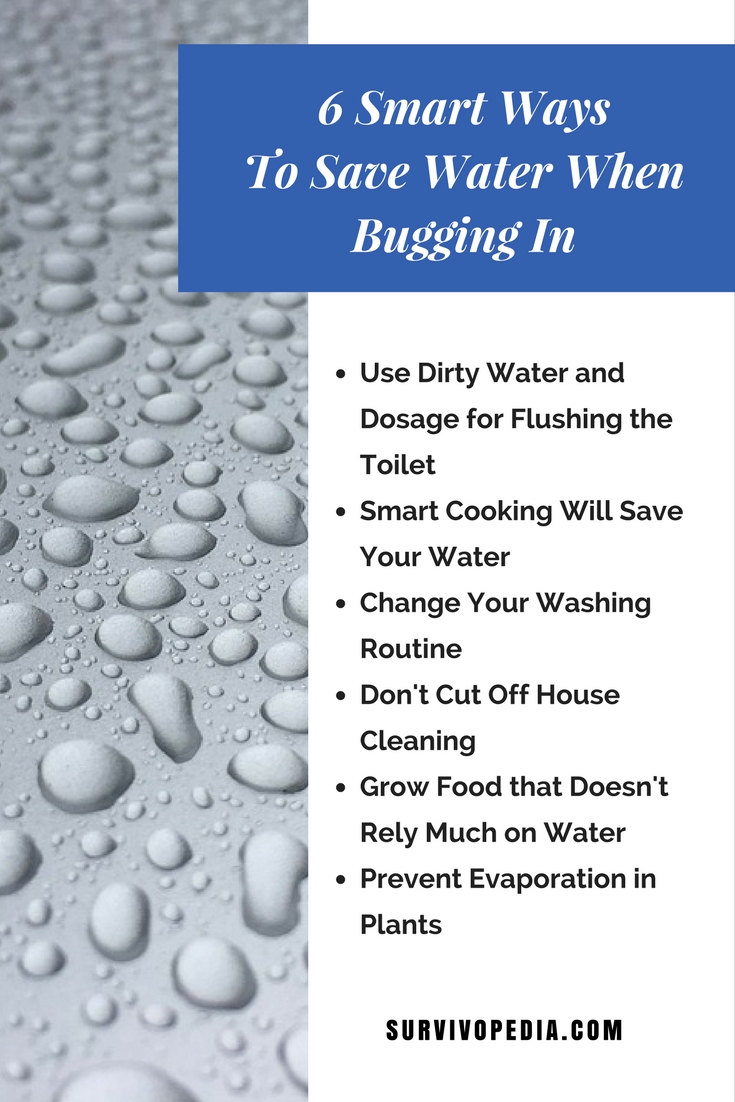
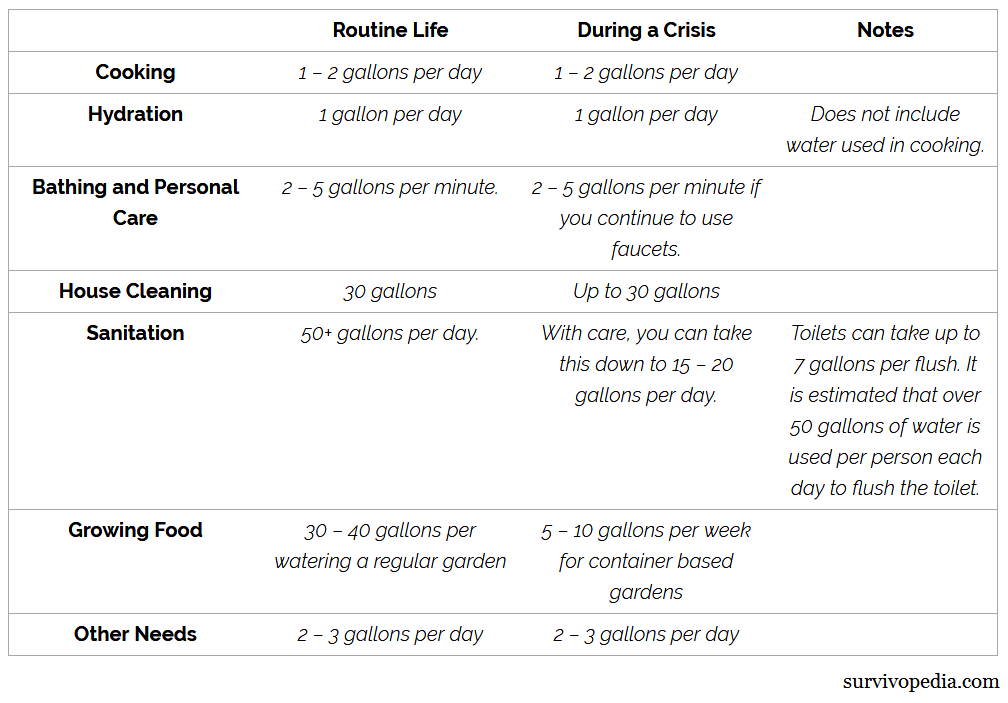


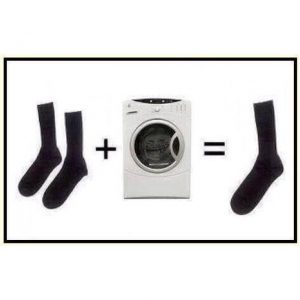 This leaves many sad, lonely “survivor” socks waiting for their mate to appear, or hoping the next ripped sock matches it. Then, commonly, after ages spent waiting with other sad, lonely survivors accumulating beside them, they’re sent to the landfill.
This leaves many sad, lonely “survivor” socks waiting for their mate to appear, or hoping the next ripped sock matches it. Then, commonly, after ages spent waiting with other sad, lonely survivors accumulating beside them, they’re sent to the landfill.